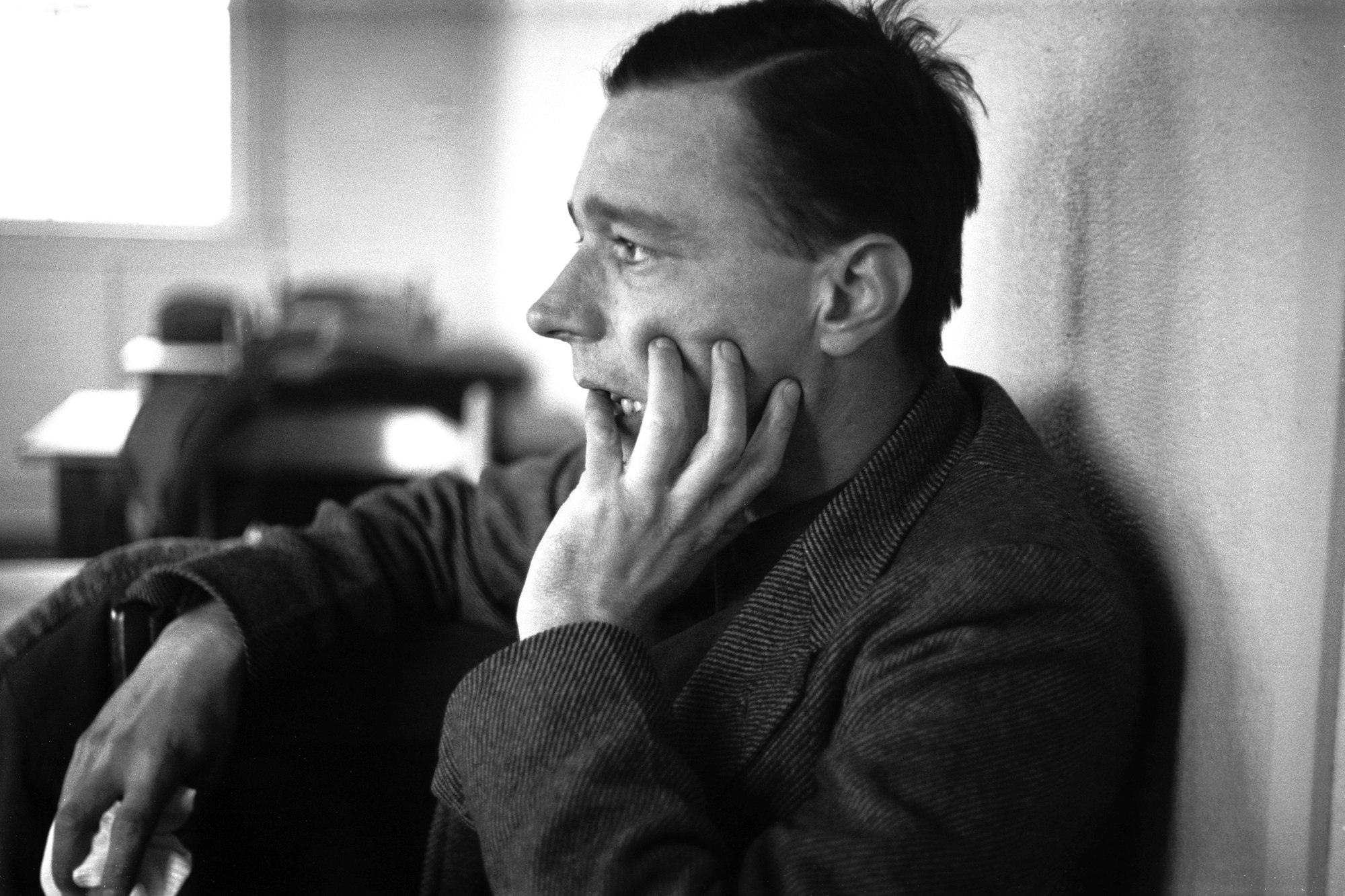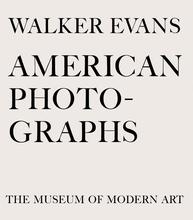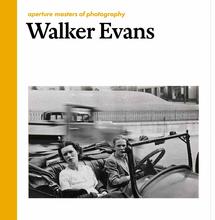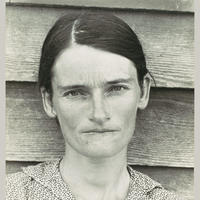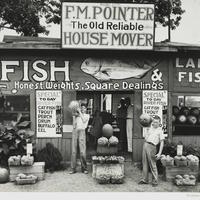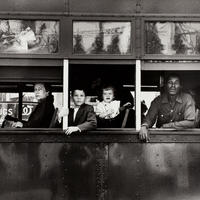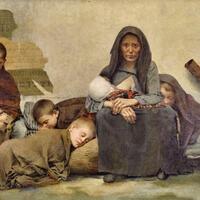More about Walker Evans
- All
- Info
- Shop
Works by Walker Evans

Contributor
Walker Evans was a notoriously surly man who spent his life “fixing the present in its irrevocable time.”
While being cynical and cruel to his friends and acquaintances - including the equally salty Ernest Hemingway - Evans was able to put aside his inherent nastiness to document the American vernacular with absolute humanity.
Evans’s road to becoming one of America’s most prolific photographers began in St. Louis, Missouri in November of 1903. It took Evans a mere fourteen years to develop an interest in photography that would change the art world. He took just slightly longer to develop his unique, vernacular style, an “evocative but more reticent [notion] of realism, of [the] spectator’s role and poetic resonance of ordinary subjects.”
Evans’s fascination with the vernacular thrived when he got a job with the Department of the Interior in 1935 photographing the government-built resettlement community of unemployed coal miners in West Virginia. This oddly specific photography gig led Evans to a full-time position as an “information specialist” in the New Deal agency, the Resettlement Administration. He was tasked with documenting small town life and the government's attempts to improve rural communities during the Great Depression. The federal government gave Evans the means to wander around and invade the personal tragedy of American life during the Great Depression, and this produced some of his best known images, all of which had journalistically lengthy names, like Roadside Stand Near Birmingham and Roadside Store Between Tuscaloosa and Greensboro, Alabama. His fame rose as he continued to photograph roadside stands, cheap cafes, and small town streets.
After being officially tasked with documenting American life, urban and rural, affluent and impoverished, Evans took this task a step closer to stalking the American public. Between 1938 and 1941, Evans decided to embark on the enterprise of photographing the New York City subway system. By hiding a camera under his coat with the lens peeking out between two buttons, Evans created authentic portraits surreptitiously and at a very close range. He believed this was the truest way to photograph, “[the] guard is down and the mask is off… people’s faces are in naked repose down in the subway.” A bit creepy, but as all underground commuters know, not entirely untrue.
Evans is one of the best known photographers in the world, whether you know his name or his pictures. However, his images are less individual portraits of a suffering public and more a series of reflections of the spirit and fortitude of a nation to endure tragedy. Despite himself, despite his bureaucratic task, Evans created a visual meme that still moves and informs us. Evans died in 1975 leaving a legacy of subverting traditional photography, much like what Marcel Duchamp did to sculpture, and reflecting the normative nature of the daily human struggle.
Sources
- Department of Photographs. “Walker Evans (1903-1975).” In Heilbrunn Timeline of Art History. New York: The Metropolitan Museum of Art, October 2004. https://www.metmuseum.org/toah/hd/evan/hd_evan.htm
- “Walker Evans: American Photographer.” Encyclopaedia Britannica, May 31, 2018. https://www.britannica.com/biography/Walker-Evans
- Gefter, Philip. “A Bygone Time Captured Through the Lens of Walker Evans.” The New York Times, March 15, 2016. https://www.nytimes.com/2016/03/17/arts/design/a-bygone-time-captured-t…
- “Walker Evans: American Photographer, Writer, and Photojournalist.” The Art Story, accessed June 12, 2018. http://www.theartstory.org/artist-evans-walker.htm
- Mellow, James. “School Years.” In Walker Evans. New York: Basic Books, 1999. http://www.nytimes.com/books/first/m/mellow-evans.html
- Weber, Nicholas Fox. “Eyes Wide Open.” The New York Times, July 18, 1999. https://archive.nytimes.com/www.nytimes.com/books/99/07/18/reviews/9907…
- “An American Eye: Clement Cheroux on Walker Evans.” SFMOMA Member Magazine, (Fall 2017): 18-23.
Featured Content
Here is what Wikipedia says about Walker Evans
Walker Evans (November 3, 1903 – April 10, 1975) was an American photographer and photojournalist best known for his work for the Resettlement Administration and the Farm Security Administration (FSA) documenting the effects of the Great Depression. Much of Evans' New Deal work uses the large format, 8 × 10-inch (200×250 mm) view camera. He said that his goal as a photographer was to make pictures that are "literate, authoritative, transcendent".
Many of his works are in the permanent collections of museums and have been the subject of retrospectives at such institutions as the Metropolitan Museum of Art or the George Eastman Museum.
Check out the full Wikipedia article about Walker Evans

